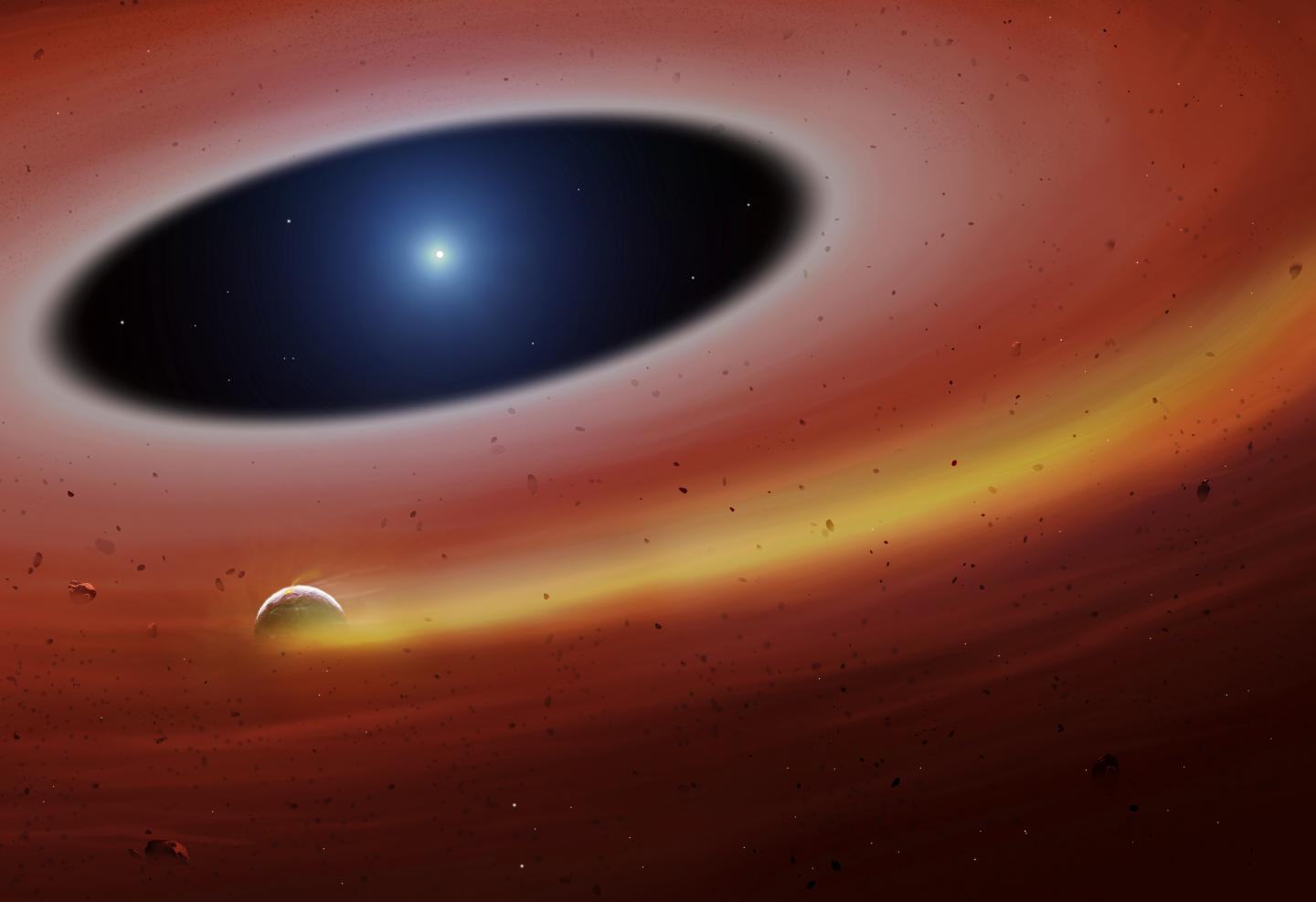Have you ever wondered what the fate of Earth could be once the Sun reaches the end of its lifespan, or the Milky Way collides with the neighboring galaxy Andromeda? Scientists seem to have an answer to that question, and it’s pretty dreadful. Using advanced technology, researchers found a heavy metal planet fragment which may offer a look into Earth’s apocalyptic future.
Researchers discovered a dead star 400 light-years away from Earth called SDSS J122859.93+104032.9 which they have found to have suffered a cataclysmic fate. A group of researchers from the University of Warwick studied the white dwarf and discovered a heavy metal fragment that orbits it, which they believe to have belonged to a planet. Their findings were published in the journal Science.
Researchers were surprised to find that there were actual planet remains after the cataclysmic collapse of the dead star. It’s located close enough to the star to be able to orbit it every two hours.
According to Professor Boris Gaensicke, co-author of the study from the Department of Physics at the University of Warwick, “This is much closer to [the star] than we would expect to find anything still alive,” he said in a statement.
A white dwarf is the core of the star, the remains that are left once the star’s life ends and it runs out of its fuel that allows it to glow. Even though they are not much bigger than the size of our Earth, they are extremely dense, packing mass nearly as much as a sun into a planet-sized space. Even though they are dead, they offer a small luminosity, as a result of the thermal energy that they have stored.
Researchers believe that the heavy metal planet fragment likely survived because it is dense and has considerable internal strength which allows it to persist so close to a white dwarf, believing that the fragment is composed of iron and nickel. They believe that the planet could be anywhere from half a mile to up to more than 100 miles across in size. That could make it comparable to the largest asteroids in our Solar System.
Nevertheless, you don’t need to worry about our sun’s death any time soon. It should be many billions of years before any scenario such as this will happen to our Earth.
“As stars age they grow into red giants, which ‘clean out’ much of the inner part of their planetary system,” Dr Christopher Manser, a Research Fellow in the Department of Physics, said in the statement. “In our Solar System, the Sun will expand up to where the Earth currently orbits, and will wipe out Earth, Mercury, and Venus. Mars and beyond will survive and will move further out. The general consensus is that 5-6 billion years from now, our Solar System will be a white dwarf in place of the Sun, orbited by Mars, Jupiter, Saturn, the outer planets, as well as asteroids and comets.”





